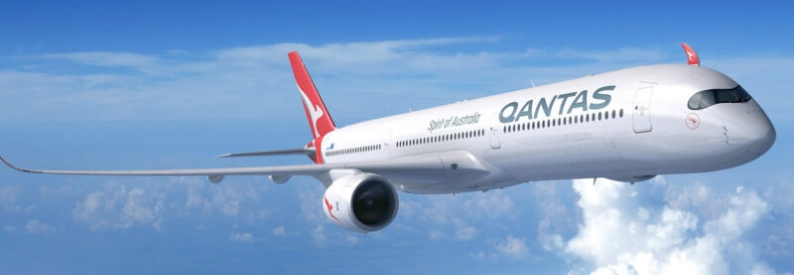Qantas and Virgin Soar on Strong Domestic Demand

Australia’s two major airlines, Qantas Group and Virgin Australia, delivered impressive financial results in the first half of the 2024–25 financial year, buoyed by robust domestic travel demand and limited competition. According to the Australian Competition and Consumer Commission’s report released on May 20, 2025, Qantas Group recorded an underlying EBIT of AUD 916 million from its domestic operations and AUD 1.5 billion across its entire network. Virgin Australia reported “record profits” following a transformative post-administration restructure led by Bain Capital.
Qantas domestic operations contributed AUD 647 million to the group’s domestic EBIT, while low-cost subsidiary Jetstar domestic added AUD 269 million. Much of Qantas domestic’s success was driven by its commanding share of the business travel segment. The carrier captured approximately 80 percent of total corporate travel and 54 percent of the small and medium enterprise segment in the period under review, underscoring its dominance among high-yield travelers. This robust performance enabled Qantas to maintain strong yields even as capacity returned to pre-pandemic levels.
Virgin Australia’s financial turnaround was equally striking. After exiting voluntary administration, the airline streamlined its fleet by retiring Tigerair Taiwan aircraft, reduced the number of aircraft types in operation, and scaled back lower-margin international services. These measures, coupled with strategic cost controls and targeted network adjustments, helped Virgin Australia strengthen its balance sheet and deliver record profits. The airline group is now positioning itself for a potential initial public offering as early as June 2025, signaling confidence in its long-term growth trajectory.
Looking ahead, Virgin Australia will expand its international footprint by launching 28 weekly return flights between Australia and Doha in June 2025. This partnership with Qatar Airways is designed to tap into growing demand for seamless connections between the Asia-Pacific region and Europe via the Gulf, offering Australian travelers a new gateway for long-haul travel.
The ACCC report also highlighted improvements in operational performance across Australian carriers. The industry’s on-time arrival rate rose from 74.5 percent in October 2024 to 80.2 percent in March 2025, inching closer to the long-term average of 80.7 percent. Strong punctuality reflects ongoing investments in scheduling, ground handling and air traffic management. Meanwhile, passenger load factors remained above 80 percent for eight consecutive months up to March 2025, indicating sustained capacity utilization even as airlines restored services.
Within this environment, Jetstar led the pack with a remarkable 91.2 percent seat occupancy rate in January 2025, the highest among carriers tracked by the ACCC. High load factors across both full-service and low-cost operators demonstrate that Australian travelers continue to prioritize air travel for business and leisure, supporting healthy yields and profitability.
Revenue trends in the domestic market showed volatility, with average revenue per passenger declining by 16.1 percent in the three months to January 2025 before rebounding by 9.6 percent by March 2025. This pattern reflects seasonal fluctuations, competitive pricing, and evolving demand dynamics as airlines calibrate fares to balance load factors and yields.
Strong domestic demand, strategic restructuring and continued operational improvements have underpinned the financial success of both Qantas Group and Virgin Australia in the first half of 2024–25. With market conditions remaining favorable and new international partnerships on the horizon, both airlines appear well positioned to sustain growth and deliver value to shareholders and customers alike.
Related News : https://airguide.info/?s=Qantas
